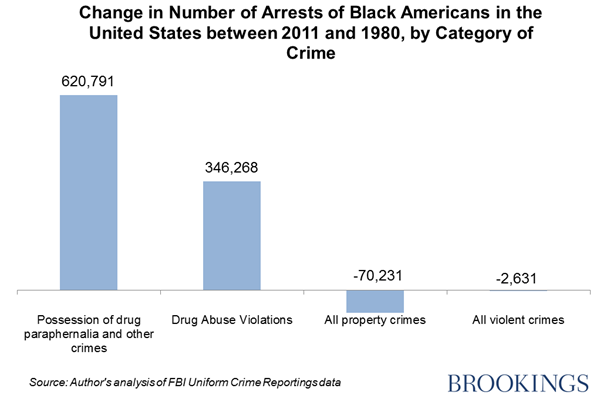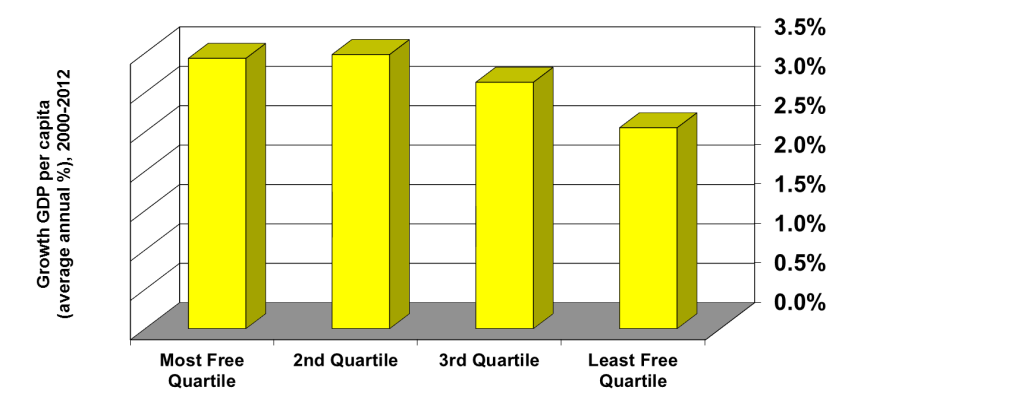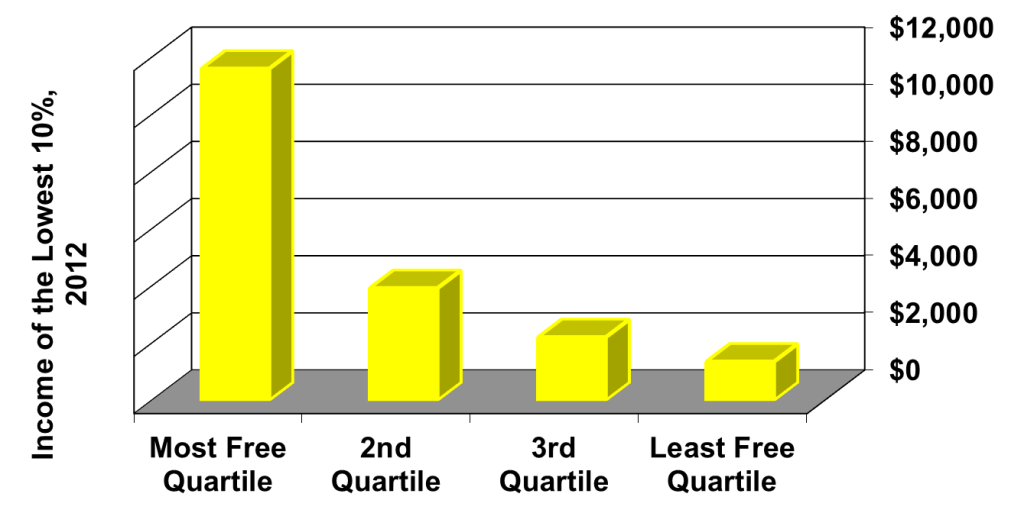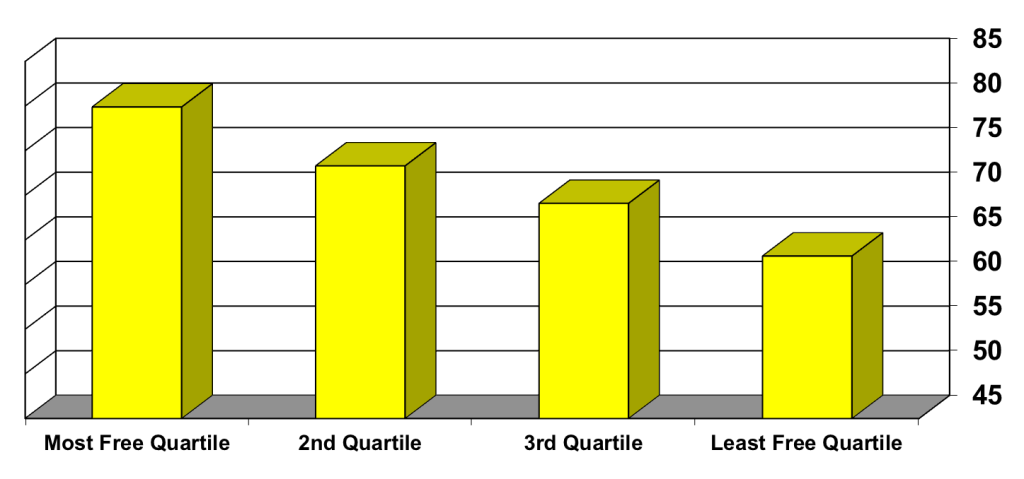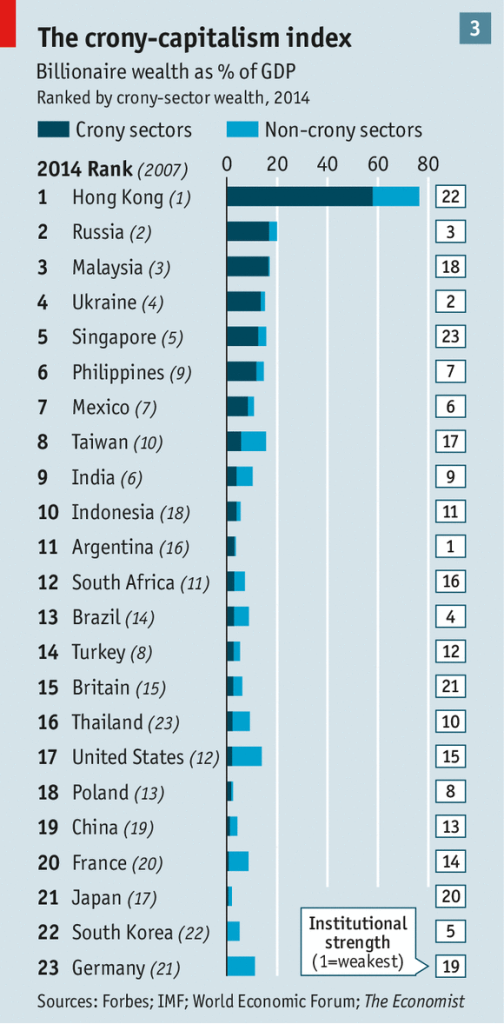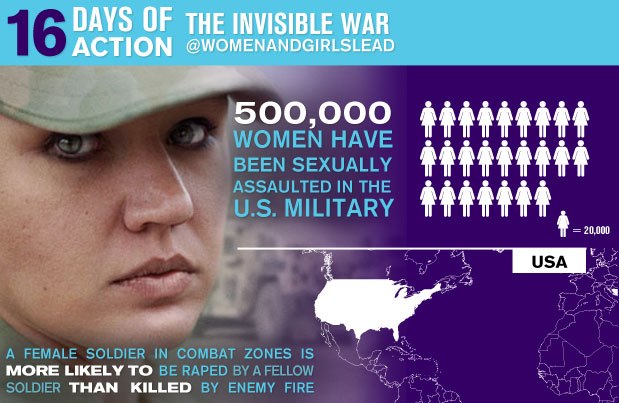
Scott Winship at the Manhattan Institute has a new study[ref]A summary can be found here.[/ref] out on inequality and prosperity. His key findings are:
1. Across the developed world, countries with more inequality tend to have, if anything, higher living standards. The exception is that countries with higher income concentration tend to have poorer low-income populations.
2. However, when changes in income concentration and living standards are considered across countries—a more rigorous approach to assessing causality—larger increases in inequality correspond with sharper rises in living standards for the middle class and the poor alike.
3. In developed nations, greater inequality tends to accompany stronger economic growth. This stronger growth may explain how it is that when the top gets a bigger share of the economic pie, the amount of pie received by the middle class and the poor is nevertheless greater than it otherwise would have been. Greater inequality can increase the size of the pie.
4. Below the top 1 percent of households—and prior to government redistribution—developed nations display levels of inequality squarely in the middle ranks of nations globally. American income inequality below the top 1 percent is of the same magnitude as that of our rich-country peers in continental Europe and the Anglosphere.
5. In the English-speaking world, income concentration at the top is higher than in most of continental Europe; in the U.S., income concentration is higher than in the rest of the Anglosphere.
6. Yet—with the exception of small countries that are oil-rich, international financial centers, or vacation destinations for the affluent—America’s middle class enjoys living standards as high as, or higher than, any other nation.
7. America’s poor have higher living standards than their counterparts across much of Europe and the Anglosphere, while faring worse than poor residents of Scandinavia, Germany, Austria, Switzerland, the Low Countries, and Canada.
Check it out.

